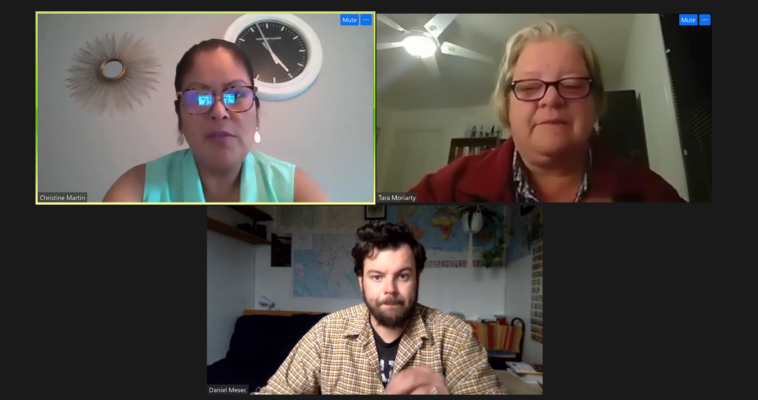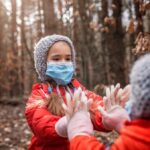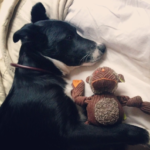On Thursday, people from across the region tuned into “Fighting COVID In The Skeena,” a live Facebook event hosted by Skeena Strong. Viewers had the opportunity to ask questions of Dr. Tara Moriarty, one of Canada’s foremost infectious disease experts.
The event was hosted by Christine Smith-Martin, from the Tshimshian and Haida nations. Skeena Strong’s Dan Mesec was the audience moderator.
In addition to the thought-provoking and energetic Facebook live conversation, the live event also featured a team of Canada’s top health scientists answering questions in the comments thread below. That meant that anyone in the live audience who commented or asked a question during the show had instant access to some of Canada’s brightest minds at their finger tips.
Here are six crucial things we learned from the event. We’ll be posting more in-depth pieces about each of these lessons over the coming week. And be sure to check out future events with Dr. Moriarty, which we’ll be running throughout the Fall.
1) Scientists still have lots to learn about the coronavirus
“Whenever there’s a new virus that emerges, you don’t quite know how it works. A lot of what’s going on right now with COVID-19 is because of that. We’re trying to figure it out. That’s partly why things change and advice can change over time because we learn more and then we change our minds or adjust what we think.”
2) Wearing a mask actually helps to prevent people from getting sick
“When people wear masks, if they cough or sneeze or talk loudly, that mask is going to stop quite a bit of those droplets that are spraying out. So you’re going to infect fewer people. There really isn’t a perfect protection. We just have to combine different forms of protection and hope that we’re not going to get sick.”
3) New coronavirus infections don’t grow in a straight line
“When you have a virus like that, then what you get is exponential growth in the number of cases. Basically, if you have one infected person, they can infect two people. That two people will infect a total of four people, and then they infect a total of 16 people. And it just goes up and up. It’s not a straight line, it’s getting bigger and bigger, faster, and faster.”
4) School reopenings are a necessary but still risky tradeoff
“It’s a very difficult decision. It’s not necessarily the safest thing to do. It certainly risks increasing cases in a community because kids are really great at spreading things. On the other side of that, what do you do if you’ve got to work, right? Like if you have kids and you’re going to lose your job because you’re keeping them home from school.”
5) Kids can still spread the disease but we can lessen the risk
“As kids are going back to school, we’re learning a lot more. It looks like kids may not transmit as easily as adults do, but they can still infect us. There is no perfect solution to this. I think the spacing in classrooms is really huge. The big thing is keeping it out of the communities as much as possible because then you just have lower risk of kids spreading it in the schools.”
6) First Nations communities face higher risks from COVID
“The risk for severe disease is definitely higher in populations where you have more diabetes, where you have more cardiovascular disease. But it’s not just that. There’s much less healthcare and emergency healthcare services available in more remote communities. People can get very sick, very fast.”
***
For those of you who missed it, the video of the September 24th “Fighting Covid in the Skeena” Facebook live event is now available to watch here.




